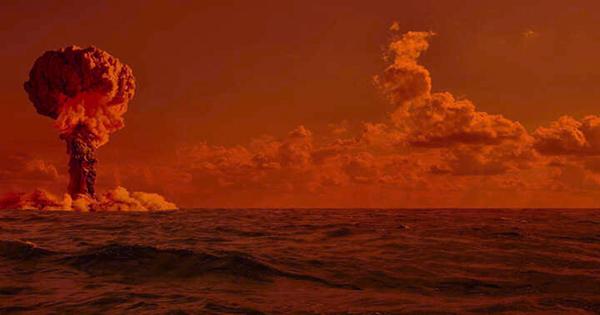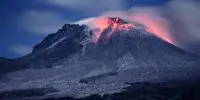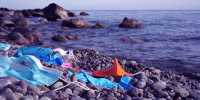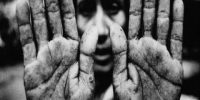Atomic bomb tests and colonial colonial history’s legacy of re-radioactive Saharan dust prevented France in the form of clouds. The dusty winds of the Sahara Desert blew north of Spain, France, the United Kingdom and Ireland in February. Along with bringing golden-colored evening skies to some parts of Europe, it provided little – yet significant – spikes in radiation. According to the ACRO (Association for the Control of Radioactivity in the West), this recent fraction of light radioactive dust could be strongly linked to France’s colonial past and its Cold War-era atomic bomb tests.
Before Algeria gained independence from the French colony in 1962, the Saharan Desert used as a playground for French nuclear bomb tests. On February 13, 1960, France conducted the first atmospheric nuclear test in the Algerian Sahara under the code name “Gerboise Blue” (Blue Desert Rat) and subsequently conducted several underground tests in their region.
These experiments exposed the inhabitants of the region as well as the French troops to the radioactivity that still hidden in the desert. ACRO’s analysis suggests that the recent spike in radiation over France directly linked to this historic atomic bomb test. The researchers took samples Saharan dust from the windshields of the cars to a laboratory for analysis. It revealed the presence of cesium-137 a radioactive isotope that not found naturally in the desert sands, but usually produced by the nuclear fission of uranium-235 into nuclear weapons.
By providing this radioactive signature, the ACRO argues that the radiation spike seen in February was probably associated with the French nuclear test in the Algerian Sahara in the early 1960s. They said in a statement, “This radioactive contamination – observable over long distances even after the aftermath of a nuclear fire – is reminiscent of the perennial radioactive contamination situation in our Sahara that France was responsible for.”
Recently the rising levels of radiation in various parts of Europe were only subtle, and not significant enough to create any real risk to public health. However, it not just the Saharan Desert that carries the ghost of the Cold War atomic bomb tests. Between 1945 and 1980, the United States, the Soviet Union, the United Kingdom, France, and China estimated that at least 520 atmospheric nuclear tests had reached stratospheric levels. One of the most affected areas on the planet is the Bikini Atoll, which carried at least 23 nuclear weapons from the United States between 1946 and 1958, including the most powerful thermal power weapon tested by the United States, Castle Bravo. Recent scientific studies have suggested that this tropical wall in the South Pacific is still more radioactive than Chernobyl.
Reckless experimentation in the South Pacific has also brought more than a fair share of human suffering. It estimated that the 665 inhabitants of the nearby Marshall Islands were more than radioactive. A few years ago, the United Nations warned that a decade-old “nuclear coffin” of the Marshall Islands could have radioactive consequences in the Pacific.















